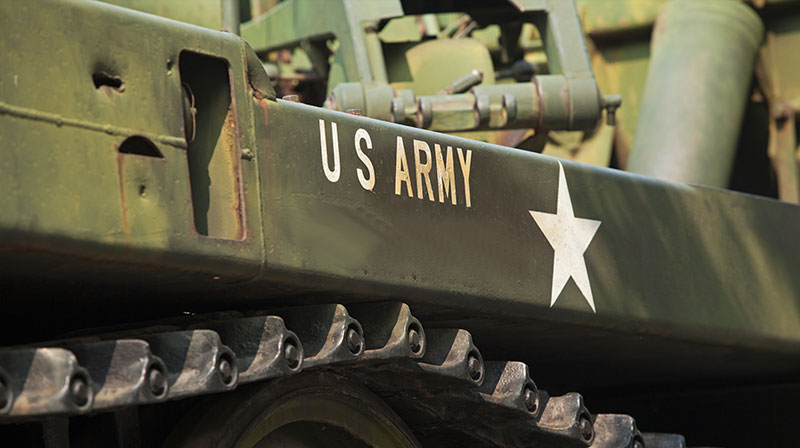

Expanded calendar-aging dataset and physics-integrated AI models unlock rapid insight into multi-year storage performance, empowering U.S. Army with mission-critical battery intelligence.
SandboxAQ announced a pivotal achievement in its joint battery-analytics program with the U.S. Army Combat Capabilities Development Command’s Combat Capabilities Development Command (DEVCOM) Command, Control, Communications, Computers, Cyber, Intelligence, Surveillance and Reconnaissance (C5ISR) Center. Building on last year’s foundational work, the team has now completed the first full-scale calendar-aging campaign to couple rigorous storage testing with deep-cycle operational data across a broad spectrum of lithium-ion chemistries and form factors–including cylindrical and high-energy pouch cells.
The new dataset captures a wide range of storage durations and temperatures, reflecting the Army’s stringent shelf-life and performance requirements under diverse conditions. Cells were subjected to alternating store-then-cycle protocols, driving them through wide state-of-health (SOH) ranges to mirror real-world deployment, recall, and redeployment cycles. Unlike traditional calendar-aging studies focused solely on periodic reference tests, this campaign integrates storage and cycling phases, generating millions of hours of dQ/dV and impedance data. The result is an unprecedented window into how temperature, SOH, and operational profiles collectively impact capacity loss, charge retention, and remaining useful life (RUL) under real-world conditions.
This data underpins SandboxAQ’s latest generation of Large Quantitative Models (LQMs), an AI framework capable of ingesting a single diagnostic RPT and forecasting capacity fade for any future storage scenario. Preliminary internal validation shows the models achieving <1% error in capacity-loss prediction over 18-month horizons, compressing traditional shelf-life qualification timelines by more than 90%.
Additionally, the models provide rapid RUL screening upon intake, helping to prevent premature disposal of viable batteries and identify latent field risks before deployment. At the same time, chemistry- and form-factor–specific aging insights support more informed procurement decisions, guiding the selection of cells best suited for multiyear storage in extreme climates and helping ensure mission readiness and safety. Looking ahead, integration of these models into field chargers will enable real-time health monitoring and replacement decisions at the unit level, reducing mission downtime and logistical overhead.